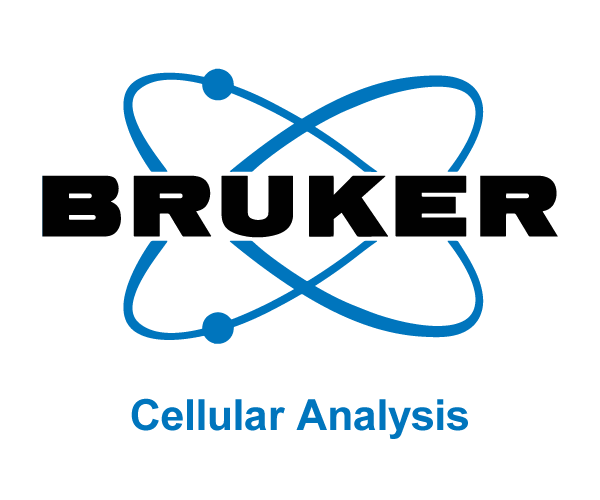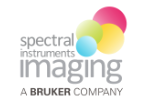Discover
Combination of low-energy X-ray & citric acid to inactivate E.coli, S.Typhimurium, L.Monocitogenes
Combined treatment with 0.5 kGy X-ray and 0.1 % CA significantly decreased biofilm cell counts by 5.10, 4.31, and 3.96 log CFU/coupon for E. coli O157:H7, S. Typhimurium, and L. Monocytogenes, respectively.
December 3, 2025
Development of new albumin‑binding radiotracers for PET imaging of CSF
In this study by Peltoniemi et al., PET/CT imaging using the X-CUBE (CT) and ß-CUBE (PET) was used to non-invasively visualize cerebrospinal fluid (CSF) flow and glymphatic system dynamics in rats.
November 28, 2025
Measure EV Purity Results by Calculating the Membrane Ratio with the Exoplorer
Working with Extracellular Vesicles (EVs)? Imagine being able to effortlessly measure EV quality. This is possible with the Exoplorer™ Nano-flow Cytometer — a highly effective tool for nanoparticle-level analysis.
October 20, 2025
Pericytes promote metastasis by regulating tumor local vascular tone and hemodynamics
The anesthetized mouse was placed on a customized stage for tumor immobilization and colon tumor was exposed to intravital microscopy (IVM-MS2, IVIM Technology, Korea) equipped with 25× water immersion objective.
September 10, 2025
Growing Mature Biofilms for Antimicrobial Screening, Host-pathogen Interactions, and Adhesion
We present the BioFlux shear flow system, a microfluidic flow cell array that enables the growth of biofilms in precisely controlled conditions, including shear stress, temperature, and environmental gas.
June 18, 2025
Curious how PET imaging and reporter gene tracking are transforming CAR-T cell therapy in oncology?
Recorded webinar is recommended if you are working or you are interested by translational studies in oncology, immune therapy, and biomedical imaging.
June 2, 2025
Genotype-Specific Macrophage Programs in the NSCLC Microenvironment
Understanding cell-cell interactions within the tumor-immune microenvironment is crucial for advancing cancer therapies. Macrophages show highly variable roles in tumor progression and response, yet the drivers of this complexity remain unclear.
November 26, 2025
Image-activated cell sorting
The NanoCellect VERLO Image-Guided Cell Sorter is mentioned in the attached Nature Reviews Bioengineering paper (Ding et al., 2025) reviewing commercially available Image-Activated Cell Sorting systems.
September 16, 2025
Functional cure with single agent olutasidenib in relapsed IDH1/NPM1 co-mutated AML
This case report by Justin Watts and colleagues describes a patient with relapsed acute myeloid leukemia (AML) harboring IDH1 and NPM1 mutations who achieved a functional cure using olutasidenib alone — an oral, selective mIDH1 inhibitor.
August 20, 2025
Differential diagnostic performance of a panel of plasma biomarkers for different types of dementia
This study assesses a plasma biomarker panel (p-tau181, NfL, GFAP) for differentiating Alzheimer’s, FTD, and DLB, showing high accuracy, while Aβ₁₋₄₂/₁₋₄₀ ratio adds limited value.
June 9, 2025
Serum neurofilament measurement improves clinical risk scores for outcome prediction.
A recent study found serum neurofilament light chain (NfL) levels to be strongly associated with poor neurological outcome in patients after cardiac arrest. Our aim was to confirm these findings in an independent validation study.
April 16, 2025
Preclinical Development for Therapy of Hard-to-Treat PD-L1-Positive Solid Tumors
They developed MDG1015 — CD8⁺ TCR-T cells armored with a PD1-41BB costimulatory switch protein (CSP) that converts PD-L1–mediated inhibition into activation. In vitro, they selectively kill PD-L1⁺ tumor cells while sparing non-target cells.
November 17, 2025
Subcutaneous delivery of MSC induces immunoregulatory effects in the lymph node
Mice were imaged under anaesthesia (2.5% isoflurane in oxygen), daily until the bioluminescence signal disappeared. Imaging was performed in an Ami-HTX Small Animal Imager and analysed with Aura Imaging Software, from Spectral Instruments Imaging.
September 12, 2025
Incorporation of SARS-CoV-2 spike NTD to RBD protein vaccine improves immunity against viral variant
By fusing the spike protein's terminal domain (NTD) with its receptor-binding domain (RBD), researchers have engineered a protein vaccine that significantly amplifies both T-cell responses and antibody breadth.
June 25, 2025
Control of behavioral uncertainty by divergent frontal circuits
Preprint on bioRxiv shows that plasma p-tau181, NfL, and GFAP effectively differentiate Alzheimer’s from FTD and DLB, while Aβ₁₋₄₂/₁₋₄₀ adds little diagnostic value.
June 4, 2025




















































